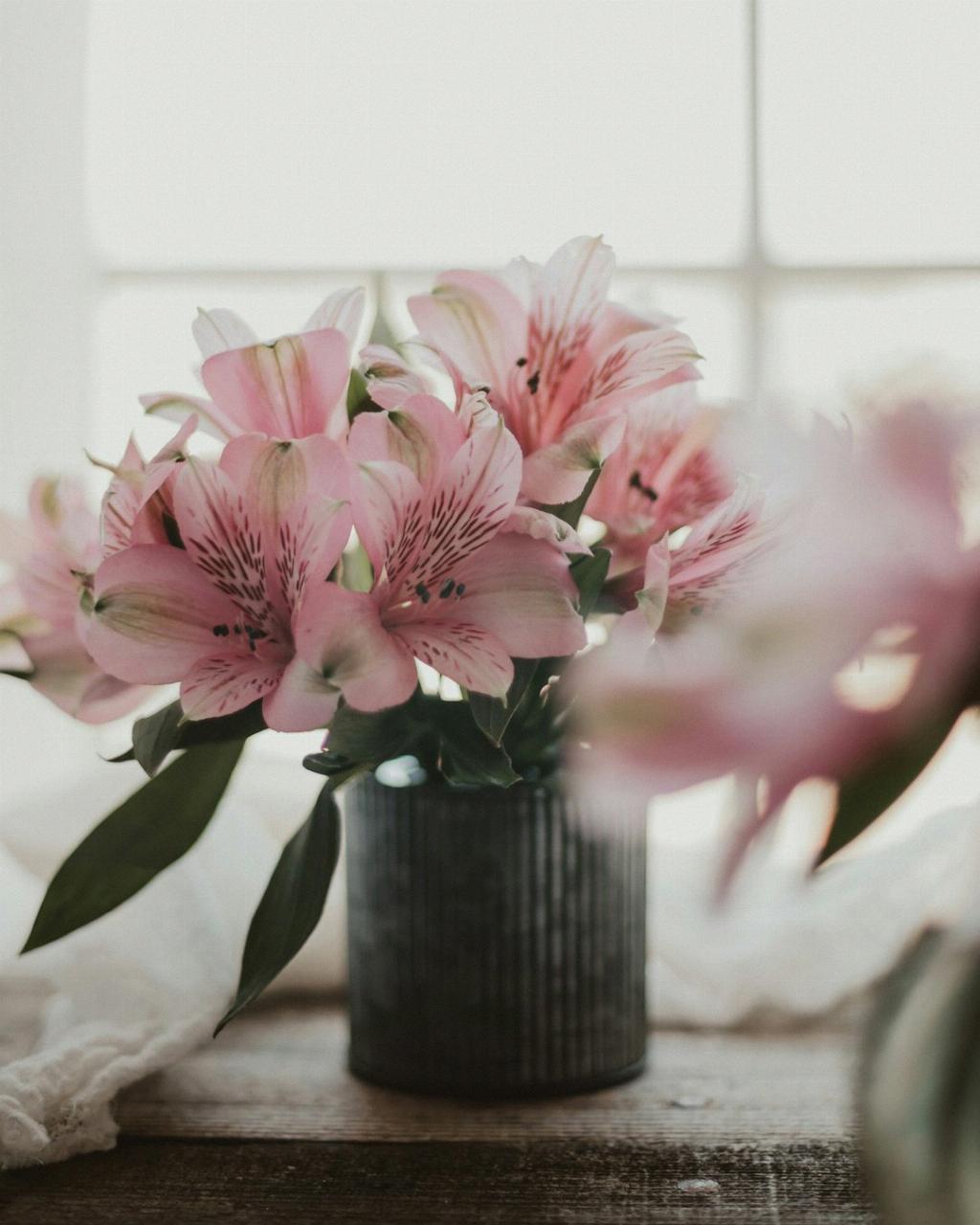Asiatic lilies are known for their stunning and vibrant blooms that can add a pop of color to any garden or landscape. These cold-hardy bulb plants are a popular choice among gardeners looking to enjoy perennial blooms every summer. One of the most common questions that gardeners have about Asiatic lilies is how often they bloom.
Seasonal Blooming
Asiatic lilies typically bloom once a year during the summer months. The exact timing of the bloom can vary depending on factors such as the climate, soil conditions, and care provided to the plants. In general, you can expect Asiatic lilies to start blooming in late spring to early summer, with the peak bloom usually occurring in mid-summer.
Duration of Blooms
Once Asiatic lilies start blooming, you can usually expect the flowers to last for several weeks. The duration of the bloom can vary depending on the specific variety of Asiatic lily you have planted, as well as the growing conditions. Some varieties may bloom for a shorter period, while others can continue to produce flowers for several months.
Continuous Blooming
While Asiatic lilies are known for their once-a-year summer bloom, some gardeners may wonder if it is possible to encourage continuous blooming throughout the season. While Asiatic lilies are not typically considered repeat bloomers like some other perennial plants, there are some strategies you can use to extend the bloom period.
Deadheading
One common practice to promote continuous blooming in Asiatic lilies is deadheading. Deadheading involves removing faded or spent flowers from the plant, which can help redirect the plant’s energy towards producing new buds and blooms. By deadheading regularly, you may be able to prolong the blooming period of your Asiatic lilies.
Fertilization and Care
Proper fertilization and care can also play a role in encouraging Asiatic lilies to bloom more prolifically. Providing the plants with the right nutrients, water, and sunlight can help promote healthy growth and abundant blooms. Be sure to follow recommendations for fertilizing and caring for Asiatic lilies to maximize their blooming potential.
Environmental Factors
Environmental factors such as temperature, sunlight, and soil moisture can also impact the blooming frequency of Asiatic lilies. These plants tend to thrive in full sun or partial shade and well-drained soil. Ensuring that your Asiatic lilies are in an optimal growing environment can help support regular and healthy blooming.
Dividing and Replanting
Another way to encourage more blooms from your Asiatic lilies is by dividing and replanting the bulbs. Over time, Asiatic lilies can become overcrowded, which may result in fewer blooms. Dividing the bulbs and replanting them in fresh soil can help rejuvenate the plants and promote more vigorous blooming.
Patience and Observation
Ultimately, the frequency of blooms from your Asiatic lilies will depend on a variety of factors, including the specific variety of lily, growing conditions, and care practices. It’s important to be patient and observant as you care for your Asiatic lilies, noting how they respond to different treatments and adjustments you make to their environment.
Enjoying the Blooms
Whether you have a single Asiatic lily plant or a whole garden full of these beautiful flowers, taking the time to enjoy their blooms is one of the highlights of gardening. By understanding the bloom cycle of Asiatic lilies and how to care for them properly, you can ensure that you get to experience their vibrant blooms year after year.
Conclusion
In conclusion, Asiatic lilies typically bloom once a year during the summer months, with the exact timing and duration of the blooms varying based on a range of factors. By providing proper care, maintenance, and attention to your Asiatic lilies, you can help encourage prolific and colorful blooms that will enhance your garden and bring joy and beauty to your outdoor space.

